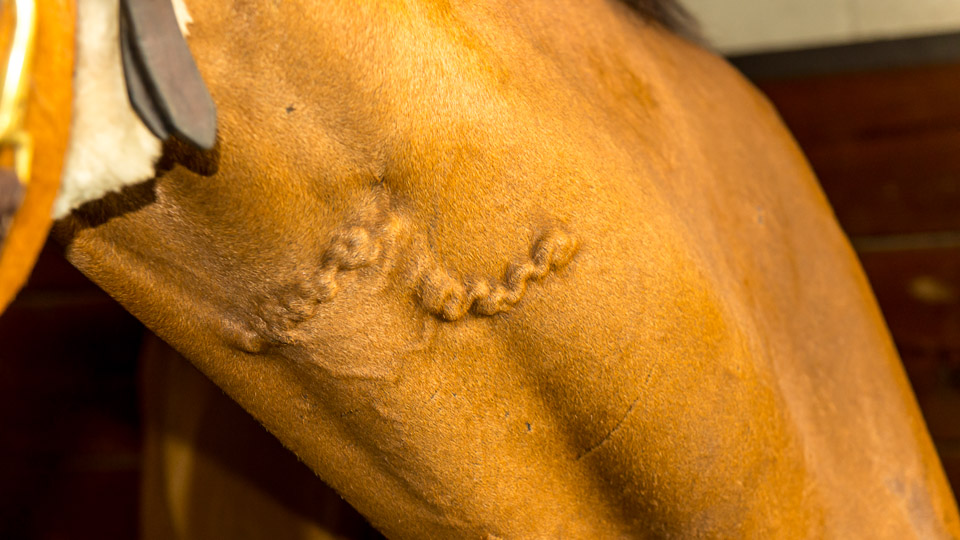
Circulatory System In Horses – An Introduction
The cardiovascular system is the plumbing of the body. This is the system that distributes food, oxygen, communication molecules (hormones), repair and maintenance molecules (enzymes) and defense cells (first responders and police investigators). It is also responsible for taking out the trash and delivering it to the filters of the body (liver and kidneys) and returning messages from the body’s organs back to the brain or to other organs. The system is constantly monitored so that the pressure is maintained or increased when the body is needing more materials (exercise, illness), the density is measured (hydration) and the temperature both locally (heat in a limb) or systemically (fever) is adjusted.
The heart is the pump that forces the blood through the arteries towards the organs and then through the veins back to the heart. The materials it carries are transferred to surrounding tissue in very thin vessels called capillaries. These are basically a bed of finely meshed vessels in any tissue.
Fortunately for most horses this system works flawlessly their whole lives but for some horses, a problem in one system can lead to troubles. These include swelling when the blood can’t return properly or death when the blood no longer provides fresh gasses to the individual cells. Causes include blocked vessels (bruising, thrombi), breakage of vessels (trauma, aneurism), or a pump that doesn’t effectively pump the blood (defect or damage). Bruising with fluid leakage doesn’t look the same in horses as it does in humans because of the darker skin color of horses but the swelling from trauma is the same.
Circulatory System In Horses – Dependent Edema
Blood, like any liquid, falls to the lowest point. When the liquid part of blood leaks out of the blood vessels, it always gravitates to the low point. It is usually a sign of general body inflammation that caused the vessels to leak.
Circulatory System In Horses – Hematomas And Seromas
Hematomas And Seromas In Horses
Circulatory System In Horses – Mitral Valve Insufficiency
[x_alert type=“info” close=”false” heading=”Overview”]Though rare in horses, the chief complaint can be a blue tongue.[/x_alert]
Circulatory System In Horses – Petechiae
Small red spots on the gums and mucous membranes behind the lips indicates inflammation of the blood vessels in the horse causing them to leak small patches of blood into the surrounding tissue.
Circulatory System In Horses – Sheath Edema
The sheath is at the farthest point from the heart and damage to the blood flow in castrated males can sometimes prevent the normal flow of blood leading to swelling (edema) of the sheath.
Circulatory System In Horses – Stocking Up
Stocking Up In Horses
Circulatory System In Horses – Thrombosis
The veins of horses normally do not have obstructions but when they become occluded either partially or fully, then the blood flow ceases and they become enlarged. the blockage is usually a blood clot called a thrombosis.
Horse Respiratory System – Nosebleed (Epistaxis)
Blood coming out of the nostrils can originate anywhere in the respiratory tract from the nostrils to the lungs.
Circulatory System In Horses – Lymphangitis
Inflammation of the lymphatic system can be severe and life threatening and requires immediate medical attention.
Circulatory System In Horses – Equine Infectious Anemia (EIA)
This is the viral disease that the Coggins blood test was made to discover. A negative test is required for travel of the change of ownership in the US. It caused an anemia that can be fatal.
Hematology In Horses – An Introduction
Hematology in horses Use the browser back button or menu to return to the index of topics. Back to all...


Responses